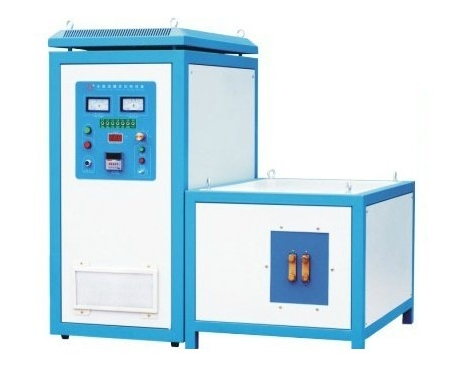- 28
- Feb
Txheej Txheem Kev Siv Cov Khoom Siv Muaj Zog Quenching ntawm Piston Pins ntawm Tsheb Cav
Txheej txheem thov ntawm Loj Siab Quenching Equipment on Piston Pins of Automobile Engines
Piston Pin (Lus Askiv lub npe: Piston Pin) yog ib tus pin cylindrical mounted rau ntawm daim tiab piston. Nws qhov nruab nrab dhau los ntawm lub taub hau me me ntawm lub pas nrig txuas mus txuas rau lub piston thiab cov pas nrig txuas thiab xa cov roj hluav taws xob uas lub piston bears txuas. Txhawm rau txo qhov hnyav, piston pins feem ntau yog ua los ntawm cov hlau zoo hlau thiab ua hollow. Cov qauv ntawm tus pin plug yog yooj yim heev, nyob rau hauv ib tug tuab-walled hollow lub tog raj kheej. Lub puab lub qhov muaj cylindrical puab, ob-section truncated cone puab thiab ua ke cov duab. Cylindrical qhov yog ib qho yooj yim rau txheej txheem, tab sis qhov loj ntawm tus pin piston loj dua; Qhov loj ntawm lub piston tus pin ntawm ob-section truncated cone qhov yog me dua, thiab vim hais tias lub sij hawm khoov ntawm lub piston tus pin yog qhov loj tshaj plaws nyob rau hauv nruab nrab, nws yog ze rau lub beam ntawm sib npaug zog, tab sis nws yog tapered. Qhov txheej txheem yog qhov nyuaj. Hauv qhov kev tsim no, xaiv tus pin piston nrog lub qhov qub sab hauv.
Service conditions:
(1) Under high temperature conditions, withstand strong periodic impact, bending and shearing
(2) The pin surface bears greater friction and wear.
1. Failure mode: due to the periodic stress, fatigue fracture and severe surface wear occur.
Yuav tsum tau ua:
2. The piston pin bears a large periodic impact load under high temperature conditions, and because the piston pin swings at a small angle in the pin hole, it is difficult to form a lubricating oil film, so the lubrication conditions are poor. For this reason, the piston pin must have sufficient rigidity, strength and wear resistance, and the mass should be as small as possible. The pin and the pin hole should have an appropriate clearance and good surface quality. Under normal circumstances, the stiffness of the piston pin is particularly important. If the piston pin is bent and deformed, the piston pin seat may be damaged;
(2) It has sufficient impact toughness;
(3) It has high fatigue strength.
3. Kev xav tau
Piston pin technical specifications:
① Tag nrho saum npoo ntawm tus pin piston yog carburized, thiab qhov tob ntawm carburized txheej yog 0.8 ~ 1.2 hli. Cov txheej txheem carburized yuav tsum tau hloov pauv mus rau cov qauv tseem ceeb yam tsis muaj kev hloov pauv sai.
②The surface hardness is 58-64 HRC, and the hardness difference on the same piston pin should be ≤3 HRC.
③The hardness of the piston pin core is 24 to 40 HRC.
④ The microstructure of the carburized layer of the piston pin should be fine needle martensite, allowing a small amount of evenly distributed fine granular carbides, and no needle-like and continuous network-like distribution of free carbides. The needle shape of the core should be low-carbon martensite and ferrite.
In response to the above requirements and needs, reasonable technology and equipment are needed. After carburizing, the carburized steel piston pin is quenched and tempered at low temperature. Piston pins with higher performance requirements are treated by secondary quenching and tempering. The purpose of the first quenching is to eliminate the network cementite in the cemented layer and refine the core structure; the second quenching is to refine the infiltration Layer organization and make the permeable layer get high hardness. Piston pins with higher alloying elements should undergo cryogenic treatment after carburizing and quenching to reduce the amount of retained austenite in the carburized layer, especially piston pins that require dimensional stability, and cryogenic treatment is required to control retained austenite quantity.

